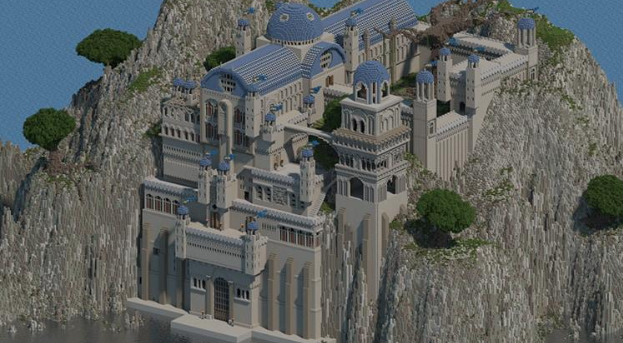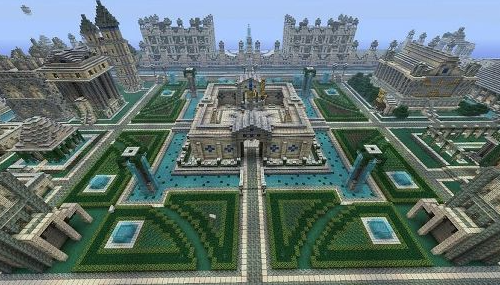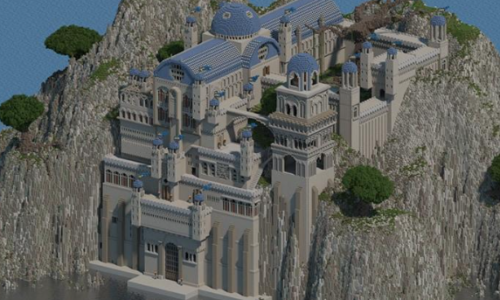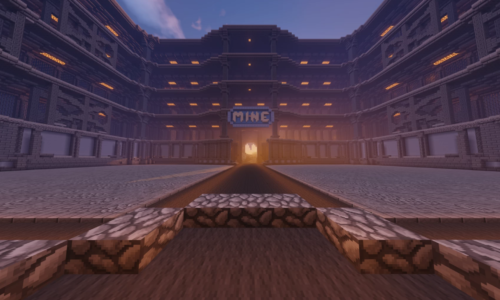In the digital age, video games have become a popular form of entertainment for children and adults alike. One game that has captured the hearts and minds of millions is Minecraft. While often seen as just a game, Minecraft offers a wealth of educational benefits that can enhance a child’s cognitive abilities and problem-solving skills. In this article, we will explore why Minecraft makes kids smarter and how it can be a valuable tool for learning.
- Foster Creativity and Imagination: Minecraft provides an expansive virtual world where players can build, create, and explore to their heart’s content. This open-ended gameplay encourages children to think outside the box, unleashing their creativity and imagination. They can design elaborate structures, construct complex redstone mechanisms, and even create their own virtual worlds. This creative freedom nurtures innovation and helps kids develop unique solutions to problems, fostering their imaginative thinking skills.
- Enhance Critical Thinking and Problem-Solving Abilities: Minecraft is a game that constantly presents players with challenges and obstacles to overcome. From building intricate structures to surviving hostile environments, kids are required to think critically and solve problems in a strategic manner. They need to plan their actions, consider available resources, and make decisions based on their understanding of cause and effect. This process of trial and error strengthens their problem-solving abilities and teaches them to think analytically.
- Promote Collaboration and Social Skills: Minecraft offers various multiplayer modes, allowing kids to connect and collaborate with friends or other players from around the world. By working together on building projects or completing tasks, children learn the value of teamwork, communication, and cooperation. They can exchange ideas, delegate responsibilities, and negotiate solutions, thereby developing their social skills and fostering a sense of community.
- Encourage STEM Learning: One of the remarkable aspects of Minecraft is its integration of STEM (Science, Technology, Engineering, and Mathematics) concepts. Players can experiment with basic principles of physics, geometry, and architecture while constructing their virtual worlds. They can harness the power of redstone, a Minecraft material that emulates electrical circuits, to create intricate machines and logic gates. This hands-on approach to learning STEM subjects makes Minecraft an engaging educational tool that sparks curiosity and enthusiasm for these fields.
- Cultivate Resource Management and Planning: Survival mode in Minecraft introduces an essential aspect of resource management. To thrive in this mode, players must gather and manage resources effectively to meet their basic needs and protect themselves from threats. This aspect of the game teaches kids the importance of planning, prioritizing tasks, and making strategic decisions to optimize their limited resources. Such skills are transferable to real-life situations, where managing time, money, and materials becomes crucial.
Conclusion
Minecraft is much more than a mere video game; it is a powerful educational tool that can enhance children’s cognitive abilities and foster a wide range of skills. Through fostering creativity, critical thinking, collaboration, and resource management, Minecraft provides a unique learning environment that can make kids smarter. As parents and educators, embracing the educational potential of Minecraft can unlock a world of opportunities for our children’s development and future success.




